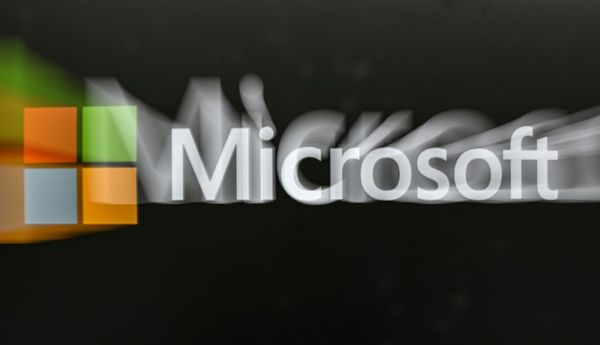
Microsoft recently announced its latest endeavor to integrate artificial intelligence into personal computers, introducing a new class of AI-infused PCs at its annual Build developer conference. The tech giant aims to enhance user experience by incorporating AI technology that can assist in various tasks, such as composing documents, creating images, and serving as a virtual personal assistant.
The focal point of the announcements revolved around the integration of Microsoft's AI assistant, Copilot, into the Windows operating system for PCs. This move is seen as a strategic response to the increasing competition in the AI technology space from major tech rivals.
One of the key features introduced is Windows Recall, which provides the AI assistant with a 'photographic memory' of a user's virtual activities. Microsoft assures users of privacy protection by offering options to filter out tracked data and keeping tracking activities localized on the device.










Microsoft's CEO highlighted the shift towards machines that can understand and anticipate user intent, emphasizing the ability of computers to perceive and respond to human actions and surroundings.
The conference also addressed recent AI developments from competitors like Google and OpenAI, showcasing advancements in AI-generated summaries, AI assistants with human-like characteristics, and AI voice assistants with enhanced conversational abilities.
Microsoft's AI-enhanced Windows PCs are set to launch on June 18, featuring premium models starting at $999. These devices will leverage both OpenAI's large language models and Microsoft's proprietary 'small language models' for improved efficiency and local processing capabilities.
Powered by Qualcomm chips, the new AI PCs are expected to cater to enterprise users seeking enhanced AI applications for graphics production, language translation, and other tasks that can now be processed locally without relying on cloud services.
The introduction of AI-enhanced personal computers marks a significant step towards a future where technology can seamlessly anticipate and fulfill user needs, revolutionizing the way individuals interact with their devices.










